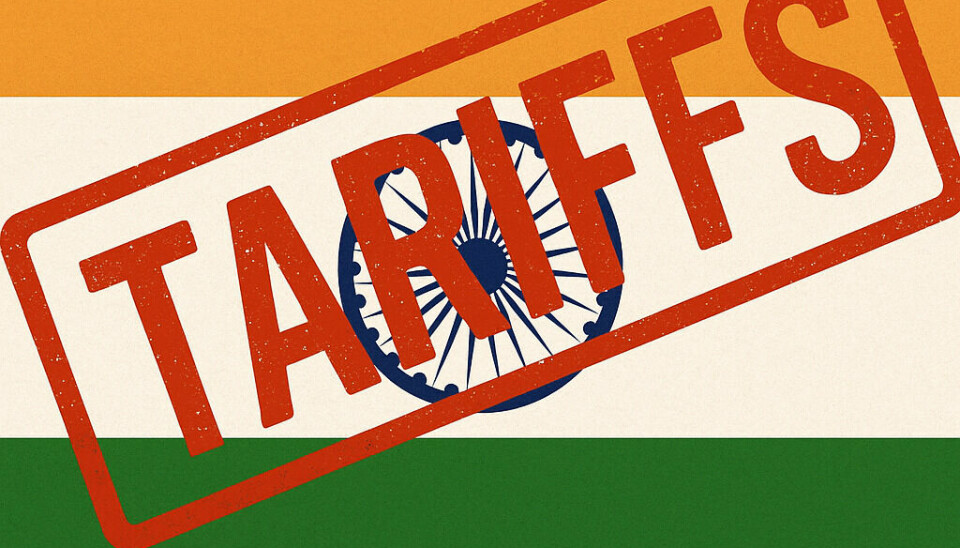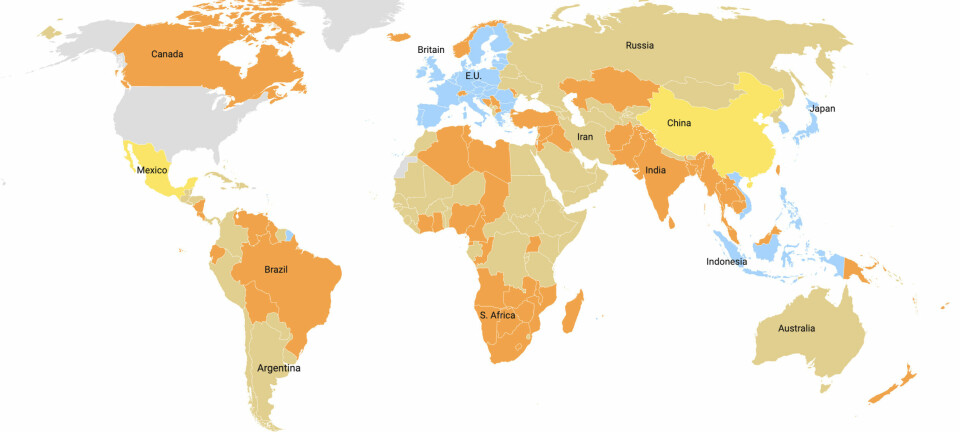US implements 50% tariffs on India

The US administration has implemented tariffs of 50% on goods imported to the country from India, effective immediately.
The rate is double that of the existing levy of 25%, with the additional 25% allegedly put in place as a penalty for Russian oil purchases, which Trump claimed to be indirectly funding the Russia-Ukraine war.
In response to the new duty, India plans to diversity its export markets, focusing on regions like the UK, Australia, UAE, South-East Asia and the EU, as well as providing financial support and reforms to Indian firms.
While the new rate does not apply to vehicle imports or designated automotive parts imports, it could still effect other components used in the automotive supply chain, such as castings, forgings, tyres, wire harnesses and metal parts, of which India is a major exporter to the US.
US-based OEMs including GM, Ford and Stellantis source many components from Indian exporters such as Bharat Forge, Amtek Auto, Sona Comstar, Rane and Motherson Group. On top of this, many international carmakers with manufacturing plants in the US are likely using Indian parts via tier-1 suppliers, such as BMW, Mercedes-Benz, VW Group, Audi, Toyota, Honda and Nissan.
The country is also increasingly positioning itself as a base for EV component exports, such as batteries and electronics housings. While electronics are exempt from the 50% levy, metals, chemicals and machinery used in the EV supply chain are not, which could raise costs for US EV production and may lead to US OEMs looking to source parts from elsewhere.
The new rate could see OEMs and suppliers within the US turning to Mexico, Canada and ASEAN nations to benefit from lower tariff rates. Currently, Mexico has a 25% tariff on goods, Canada has a 35% tariff, and some ASEAN countries like Indonesia and the Philippines have tariffs of just 19%.







